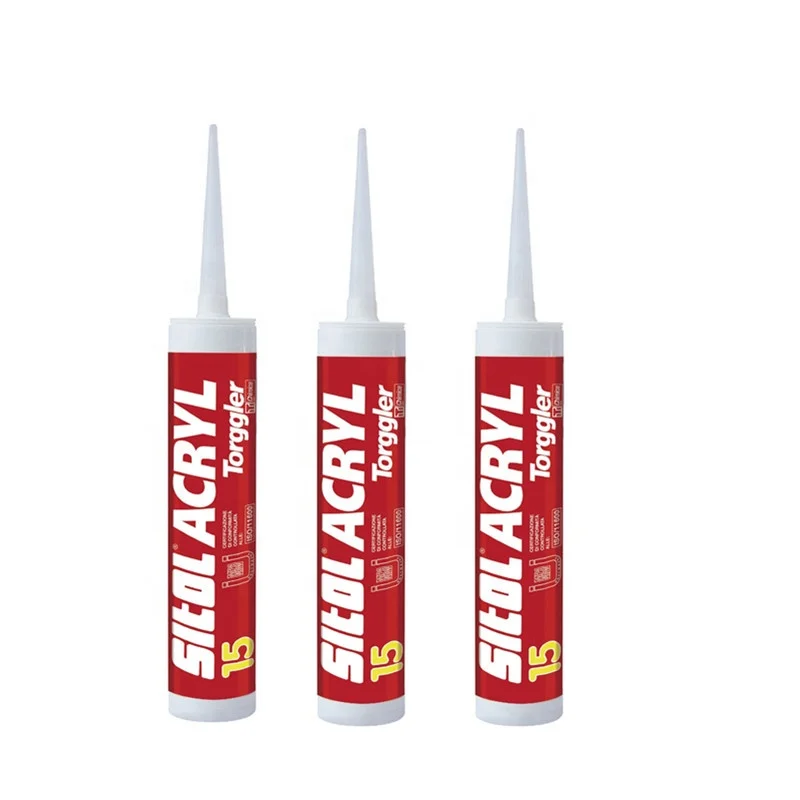Silicone sealant has turned into an integral element in numerous areas of our daily lives. From residential renovation projects to automotive applications, this multi-functional material provides unmatched flexibility, durability, and resistance to harsh conditions. fugenschmiede establish it as a preferred choice for filling gaps and joints, providing not just defense against water damage but also boosting the overall durability of structures and items.
As we probe deeper the universe of silicone sealants, it is revealed that their purposes extend far beyond simple repairs. No matter if you are caulking around windows, fixing tiles in the restroom, or even crafting artistic projects, silicone sealant proves to be an important ally. Accompany us as we discover the diverse uses of silicone sealant and see how it plays a vital role in both practical and artistic endeavors in our regular lives.
Types of Silicone Sealants
There are several types of silicone sealants, every one tailored for particular applications and environments. Acetic acid silicone sealants are one of the most common. They harden quickly and stick well to a wide range of surfaces, making them perfect for common purposes such as sealing cracks around windows and doors. However, they release acetic acid upon curing, which can harm metals and should be handled carefully in sensitive applications.
Non-acetoxy silicone sealants provide a adaptable solution that is suitable for a wider range of materials including metals, glass, and plastics. Unlike acetoxy formulations, neutral cure sealants do not release harmful chemicals during curing, making them more secure for use in confined spaces and areas with sensitive materials. Their flexibility and resilience make them ideal for outdoor applications, such as sealing around roofs and in bathrooms.
Specific silicone sealants are designed for specialized applications where typical sealants may fall short. For instance, high-temperature silicone sealants are formulated to endure extreme heat, making them suitable for use in automotive and industrial settings. Additionally, there are silicone sealants designed specifically for aquariums or food-related applications, ensuring that they meet stringent regulations while providing a strong bond. Each type of silicone sealant plays a essential role in various everyday projects and repairs, contributing to their widespread use.
Applications in Daily Life
Silicone caulk is a versatile substance widely used in household projects, making it an important component for homeowners and do-it-yourselfers. In kitchens and bathrooms, silicone sealant is frequently applied around sinks, worktops, and bathtubs to create a water-resistant barrier. This not only avoids water damage but also prevents the growth of fungus and mildew, ensuring a cleaner, safer environment. Its flexibility allows it to accommodate movement in these areas without breaking, providing long-lasting protection.
In addition to moist zones, silicone sealant plays a vital role in window and entry installations. It acts as an efficient sealant, sealing gaps that might otherwise lead to drafts and heat loss. Applying silicone around frame edges helps improve thermal performance and keeps out moisture, ensuring that homes remain comfortable regardless of the weather conditions outside. This use is particularly important for maintaining the integrity of a building's framework over time.
Externally the home, silicone sealant is equally useful in various applications such as sealing cracks in ceilings, paths, and terraces. It can withstand extreme temperatures and harsh weather conditions, making it an ideal choice for outdoor use. Its long-lasting nature and tolerance to UV rays help protect surfaces from deterioration, making maintenance easier and prolonging the lifespan of external features. Whether for repairs or new installations, silicone sealant is an essential tool in enhancing both the functionality and aesthetics of everyday life.
Perks and Things to Think About
Silicone sealant offers a variety of advantages that make it a well-liked selection for multiple applications. One of the key benefits is its exceptional flexibility and adaptability, which allows it to handle movement and shifting without losing its efficacy. This makes it ideal for use in places where materials may enlarge or shrink due to thermal changes. Additionally, silicone sealants are immune to water, mildew, and ultraviolet light, ensuring enduring protection against environmental factors.

Another notable benefit of silicone sealant is its simplicity of use. It usually comes in a tube that can be conveniently applied into place, making it accessible for both experienced contractors and DIY enthusiasts alike. The drying process is somewhat quick, and once set, it provides a durable bond that can bond to a variety of substrates such as ceramic, aluminum, and plastics. This adaptability further enhances its attractiveness for a multitude of sealing tasks around homes and establishments.
However, it is crucial to be aware of a few limitations when using silicone sealants. While they perform well in flexibility, they may not be appropriate for all surfaces or types of tasks. For instance, silicone should not be covered with paint, as most coatings will not stick well to its surface. Additionally, some types may have unique heat or application guidelines, which should be diligently checked before buying. Users should also be mindful of the setting times and make sure the area is clean and moisture-free for best results.
